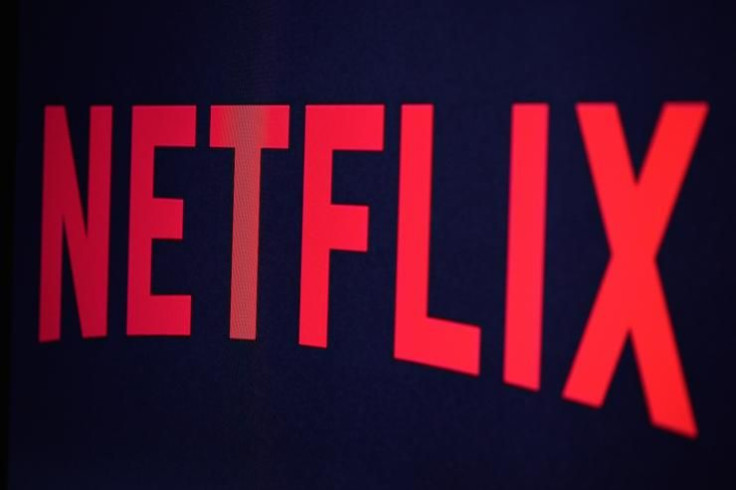What To Watch: Channel Surfing Is Out, Netflix-Style Personal Recommendations Are In

The gripe has existed nearly as long as pay-TV has: "All these channels and nothing to watch." That sentiment now coexists, somewhat paradoxically, with the feeling that there is in fact too much TV to watch -- too many shows on too many networks and streaming services, all of which have become producers of original content in the hope of attracting more viewers.
Research firm Digitalsmiths on Thursday released a study wherein 42 percent of the respondents felt it wasn't easy to find something they wanted to watch on TV, yet more than a third of the people surveyed felt "overwhelmed" by the number of channels, and a massive 82.5 percent only watch between one and 10 channels, on average. Given that the average pay-TV package includes 194 channels, that's a lot of programming going unwatched.
Solving the paradox
The two views ("Nothing on" and "Too much TV") aren't as mutually exclusive as one might think. The "find" part of the question "Do you feel it is easy to find something you want to watch on TV?" is the key to reconciling them, according to Digitalsmiths Senior Marketing Director Billy Purser, because it refers to discovery of content that's already available, rather than whether the content exists.
"Pay-TV providers actually offer a lot more content than people are aware of," he said. "But subscribers just aren't able to access it as easily as with some streaming services." Indeed, 64 percent of the respondents said they got frustrated trying to find something to watch on cable.
Streaming services, like Netflix, Amazon Prime and Hulu, are light years ahead of many cable and satellite services in terms of providing consumers with a variety of ways to discover content. Not only are their search functions described as more user-friendly, but their personalized recommendations are far more prominently displayed, and are therefore more likely to be used.
Surf's down
Part of the problem for traditional pay-TV companies is just a shift in the way viewers consume media. The days of simply turning on the TV set for background noise aren't completely over, but they are entering their twilight.
A healthy chunk of people do still spend time flipping through channels: Only 9 percent of the survey respondents spent no time at all channel surfing, though the majority of that 91 percent spent 10 minutes or less scrolling through the guide. Channel position is often part of the carriage agreement negotiations between networks and pay-TV providers, precisely for this reason. Boutique channel Ovation may be playing just the movie that matches your mood, but the longer you have to spend scrolling to that channel, the more likely you are to give up before you get there.
And increasingly, younger consumers are looking for those personal recommendations, Purser says; they've been trained to expect that kind of feature, and without delivering a product that makes those consumers more inclined to shell out $100 or more per month, the looming specter of cord-cutting may become a much more tangible problem for pay-TV companies.
© Copyright IBTimes 2024. All rights reserved.






















